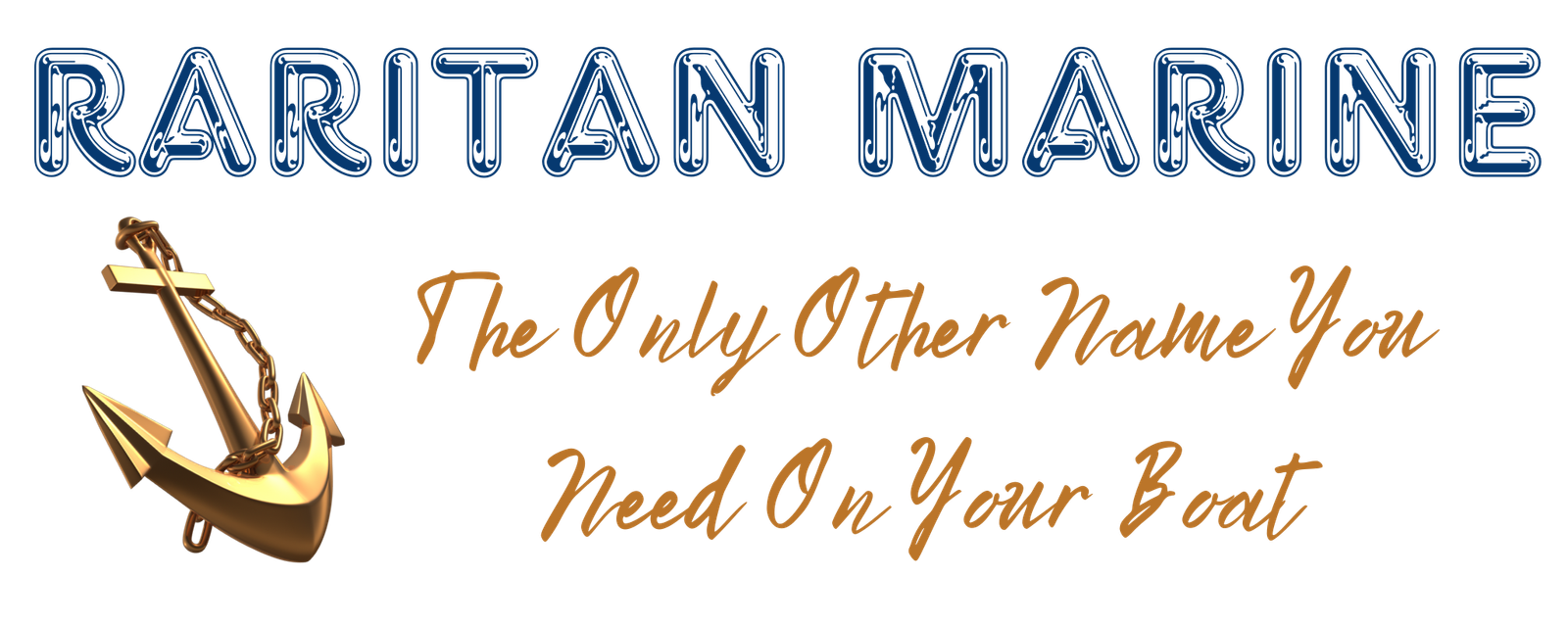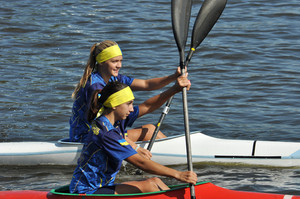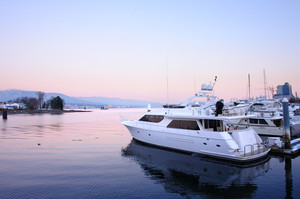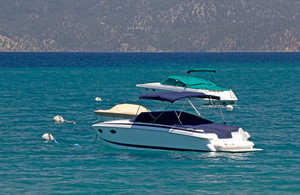Kayaking Yellowstone is a dream come true for many paddlers who want to experience the natural wonders of America’s first national park.
Yellowstone is home to a large variety of wildlife, geothermal features, and scenic landscapes that make it a unique and unforgettable destination.
Whether you’re looking for a relaxing paddle on a calm lake, a challenging adventure on a whitewater river, or a multi-day expedition in the backcountry, kayaking Yellowstone has something for everyone.
In this article, we’ll give you some tips and information on how to plan your kayaking trip in Yellowstone, what to expect, and what to bring.
Where to Kayak in Yellowstone

Yellowstone National Park covers an area of over 2.2 million acres, with more than 300 lakes and 1,000 miles of rivers and streams.
Kayaking is allowed on most lakes within the park, except for Sylvan Lake, Eleanor Lake, Twin Lakes, and Beach Springs Lagoon.
However, not all lakes are easily accessible or suitable for kayaking, so you’ll need to do some research before choosing your destination.
Some of the most popular places to kayak in Yellowstone are:
Yellowstone Lake
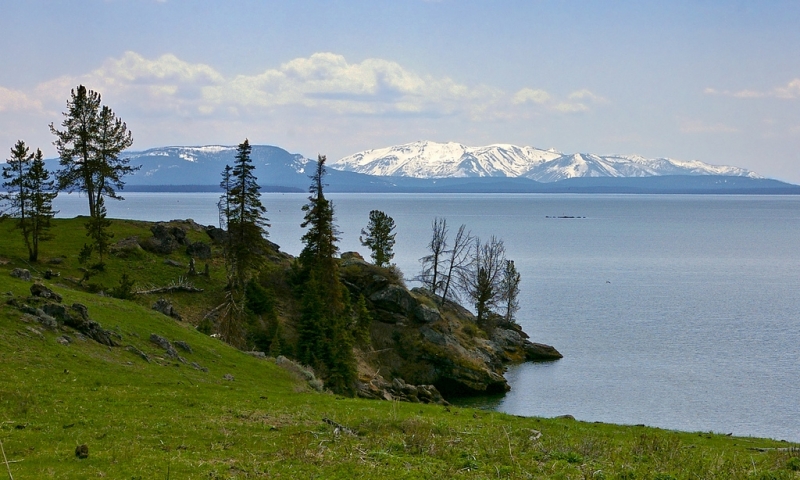
This is the largest high-altitude lake in North America, with an elevation of nearly 8,000 feet.
It covers an area of 136 square miles and has over 100 miles of shoreline. It’s also one of the most geologically active areas in the park, with underwater geysers, hot springs, and fumaroles.
You can launch your kayak from several locations around the lake, such as Grant Village, Bridge Bay, West Thumb, or Lewis Lake.
You can also explore some of the islands on the lake, such as Stevenson Island or Frank Island.
However, be aware that Yellowstone Lake can be very cold, windy, and choppy, so you’ll need to dress appropriately and check the weather conditions before heading out. You’ll also need a backcountry permit if you want to camp overnight on the lake.
Shoshone Lake
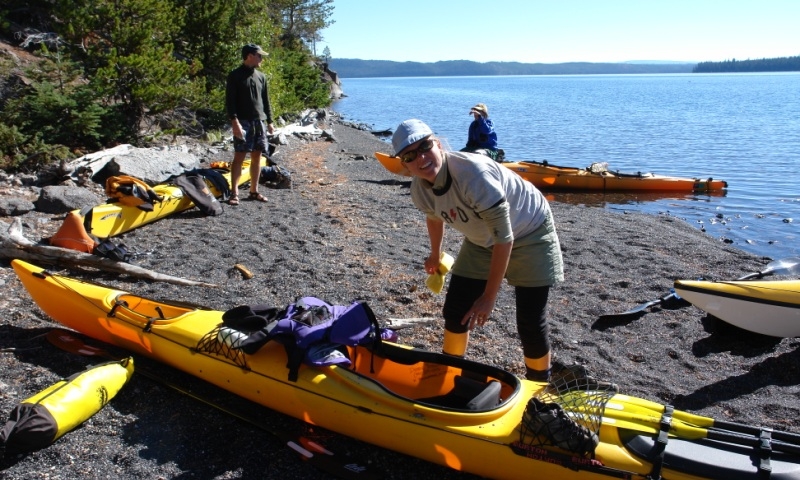
This is the second-largest lake in the park and the largest backcountry lake in the lower 48 states.
It covers an area of 8 square miles and has no road access. The only way to reach it is by hiking or paddling.
One of the most popular routes is from the Lewis River Channel to Shoshone Lake, which is about 10 miles long and suitable for beginners.
You’ll need to portage your kayak for about a mile at the beginning and end of the trip. Along the way, you’ll enjoy the scenery of meadows, forests, and mountains.
You’ll also need a backcountry permit if you want to camp overnight on the lake.
Lewis Lake

This is a smaller lake that lies south of Yellowstone Lake and connects to Shoshone Lake via the Lewis River Channel.
It covers an area of 3 square miles and has a boat ramp at the north end.
It’s a good option for paddlers who want a shorter and easier trip than Yellowstone Lake or Shoshone Lake.
You can paddle around the shoreline or explore some of the coves and bays on the lake. You’ll also need a backcountry permit if you want to camp overnight on the lake.
Madison River
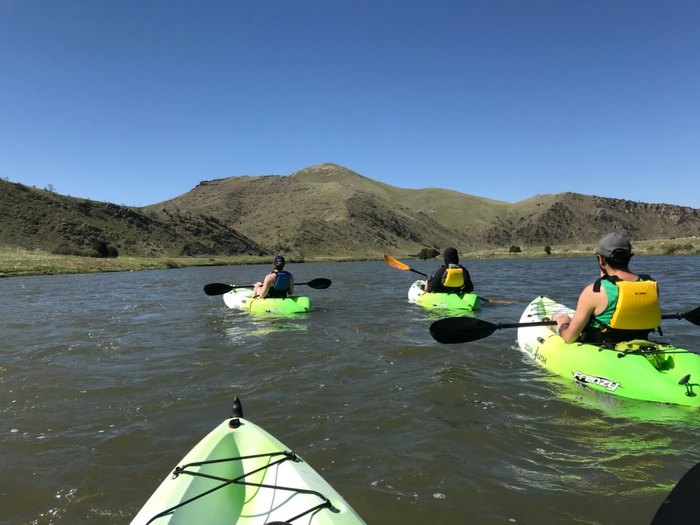
This is one of the most famous rivers in the park and one of the best places for fishing.
It flows from Madison Junction to West Yellowstone and has several access points along the way.
It’s also a good place for kayaking if you’re looking for some gentle rapids and scenic views.
You can paddle from Madison Junction to Baker’s Hole Campground, which is about 14 miles long and takes about 4 hours.
Along the way, you’ll see wildlife such as bison, elk, deer, and birds. You’ll also pass by some historic sites such as National Park Mountain and Cabin Creek.
These are just some of the many places where you can kayak in Yellowstone. For more information on other destinations, check out this guide or this map.
What to Expect When Kayaking in Yellowstone
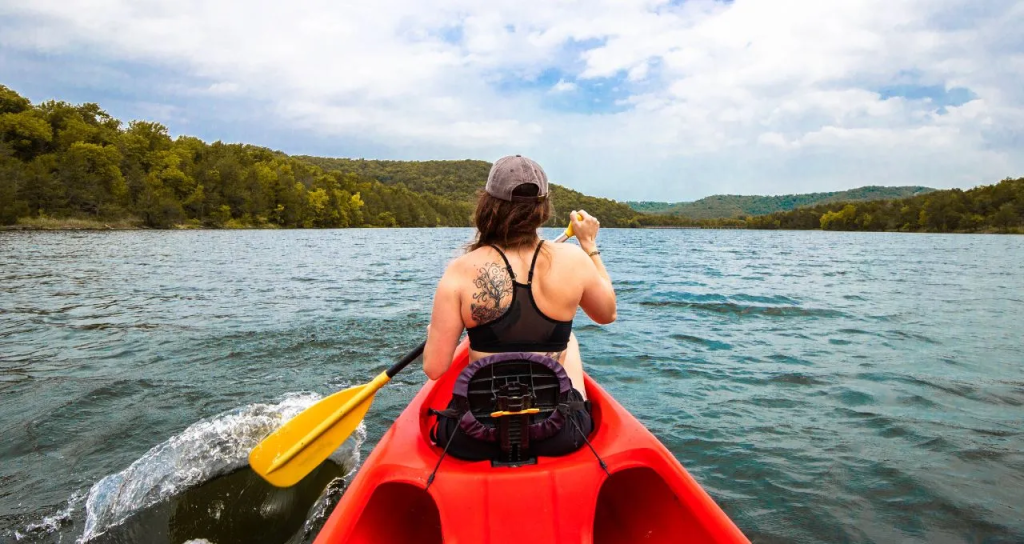
Kayaking in Yellowstone is an amazing experience that will give you a different perspective on the park’s beauty and diversity.
However, it’s also important to be prepared for some challenges and risks that come with paddling in such a remote and wild place.
Some of the things you should expect when kayaking in Yellowstone are:
Weather
The weather in Yellowstone can change quickly and dramatically, especially at high altitudes and on large bodies of water.
You can encounter strong winds, thunderstorms, hail, snow, fog, or sudden temperature drops at any time of the year.
You should always check the weather forecast before your trip and be ready to adjust your plans accordingly. You should also carry appropriate clothing and gear for different weather conditions.
Water Temperature
The water temperature in Yellowstone is usually very cold, even in summer. The average water temperature of Yellowstone Lake is 41°F, and Shoshone Lake is 50°F.
The rivers can be slightly warmer, but still cold enough to cause hypothermia if you fall in.
You should always wear a wetsuit or a drysuit when kayaking in Yellowstone, and avoid prolonged immersion or contact with the water. You should also carry a bilge pump, a paddle float, and a spare paddle in case you capsize or need to perform a self-rescue.
Wildlife
Yellowstone is home to a variety of wildlife, some of which can be dangerous or aggressive.
You should always keep a safe distance from any animals you encounter on the water or on land, and never feed or harass them.
You should also be aware of the potential for bear encounters, especially if you’re camping overnight.
You should store your food and other attractants in bear-proof containers or hang them from trees. You should also carry bear spray and know how to use it in case of an attack.
Geothermal Features
Yellowstone is famous for its geysers, hot springs, mud pots, and fumaroles, which are fascinating to see and explore.
However, they can also pose some hazards for kayakers, such as scalding water, toxic gases, unstable ground, and sudden eruptions.
You should always respect the signs and barriers around geothermal features and never touch or enter them.
You should also be careful when paddling near underwater geysers or hot springs, as they can create bubbles, currents, or temperature changes that can affect your kayak’s stability.
Conclusion
Kayaking Yellowstone is an incredible way to explore one of the most amazing places on Earth.
By following some simple safety tips and bringing the right gear, you can have a fun and memorable experience on the water.
Whether you want to kayak on flatwater lakes, whitewater rivers, or backcountry lakes, kayaking Yellowstone has something for everyone.
We hope this guide has given you some useful information and inspiration for your kayaking trip to Yellowstone. Remember to always follow the park rules and regulations, respect the wildlife and the environment, and have fun on the water. Kayaking Yellowstone is an adventure you’ll never forget.
Happy paddling!
